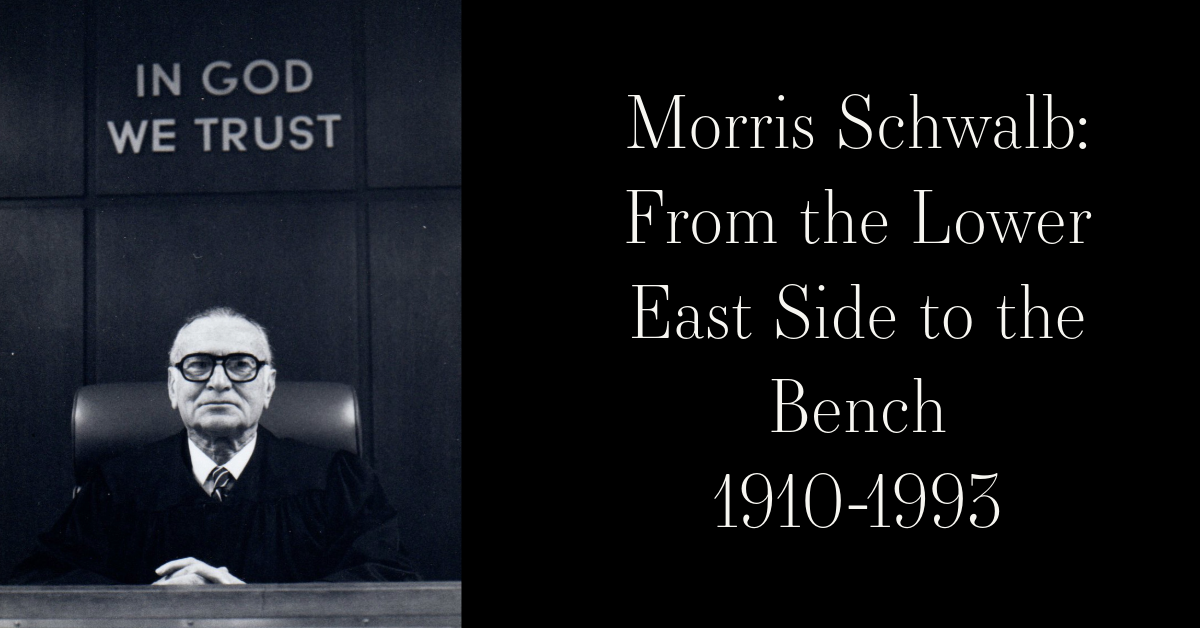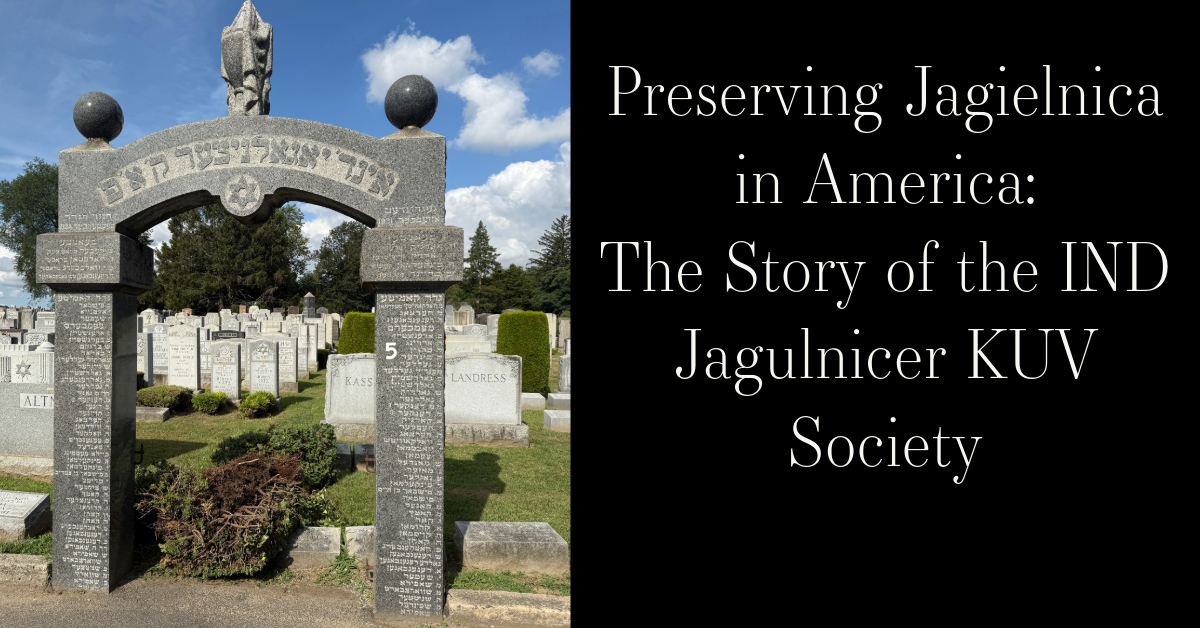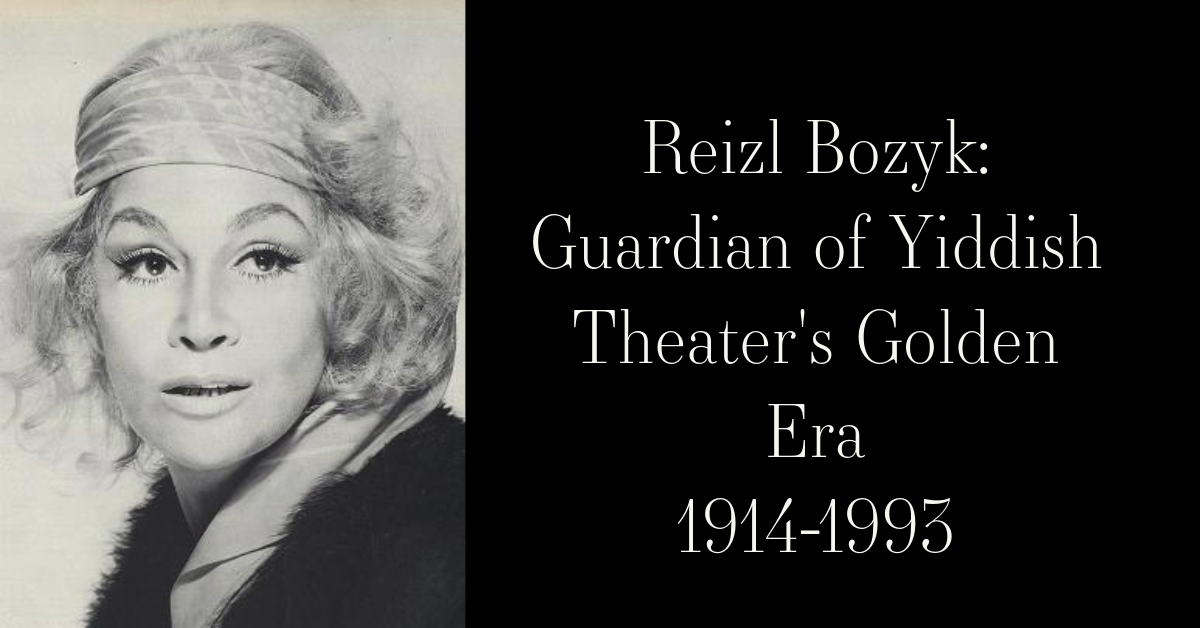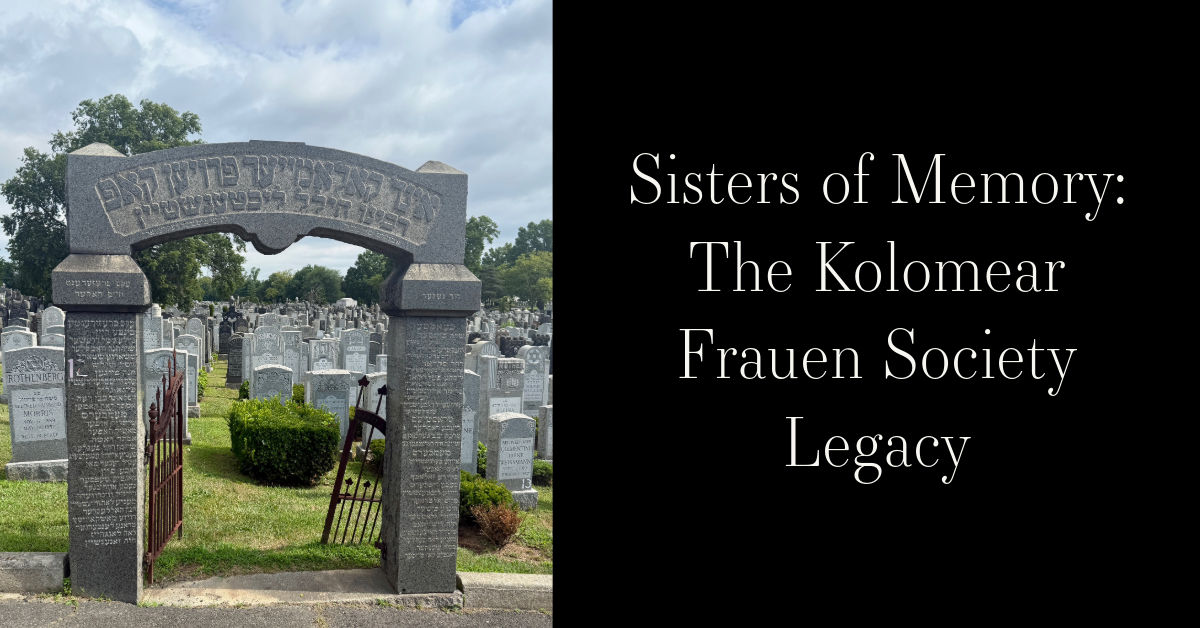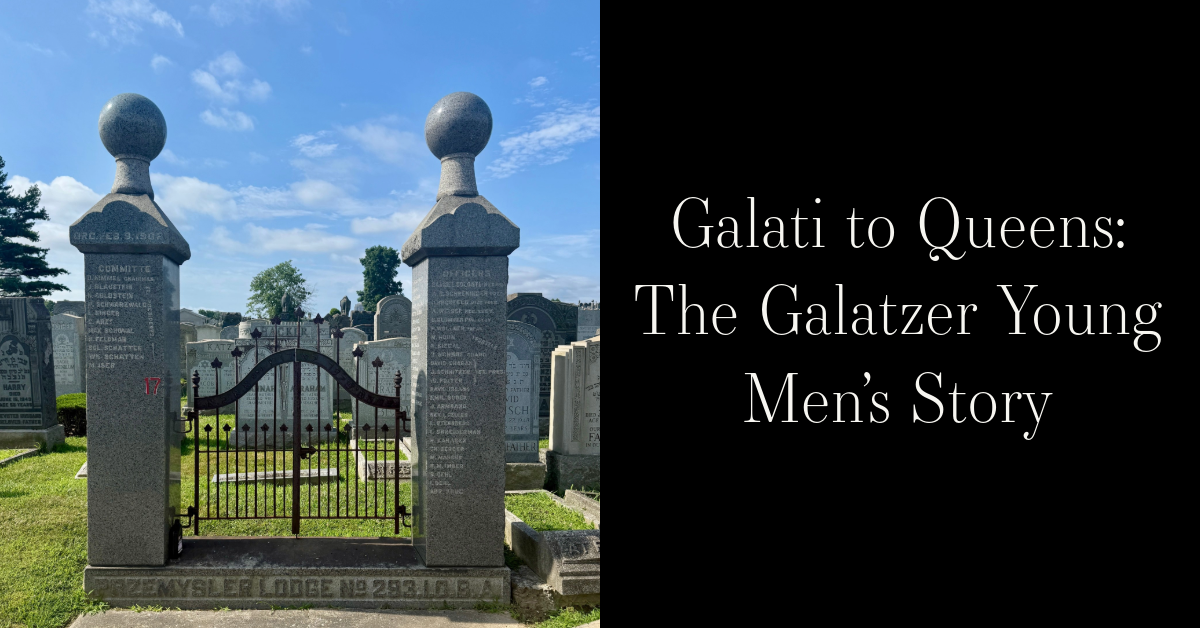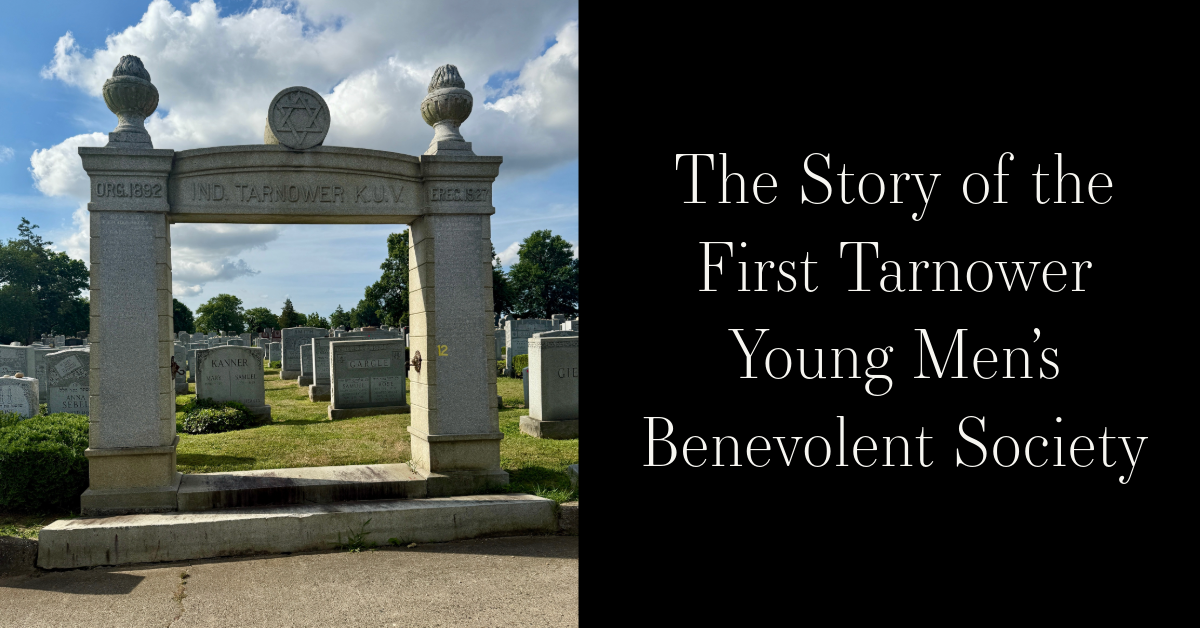Story Summary:
Ernest W. Michel's truly extraordinary life included many remarkable accomplishments. Among these were surviving both Auschwitz and a forced death march, becoming a correspondent for the German General News Agency, being offered the opportunity to interview Hermann Goering, becoming head of the then largest Jewish Philanthropic organization globally and raising billions for Jewish causes.
Ernest Michel passed away in May, 2016 between Yom Hashoah (Holocaust Remembrance Day) and Yom Ha'atzmaut (Israel Independence Day), which is very touching and impactful. His commitment to justice, resilience and total dedication to Jewish causes will leave a permanent mark on future generations of Jews. His legacy continues to influence and elevate those who follow his path.
Blog by Renee Meyers
Ernest Michel: Auschwitz Survivor & Philanthropist

Ernest Michel was born in Mannheim, Germany on July 1, 1923. He was the son of a cigarette manufacturer. Ernest and the other Jewish students were expelled from German Public Schools when Ernest was 13. Ernest then attended a Jewish School for a short time. He also worked in a Cardboard Factory owned by Jews, until that too, was closed. Mr. Michel stressed to his son, Ernest the importance of developing a skill. Ernest’s father insisted that Ernest take a Calligraphy course, which he did. Ernest’s father found Ernest an apprenticeship and eventually Ernest’s penmanship became flawless. Ernest never received a formal education beyond the sixth grade.
The Nazi’s seized Mr. Michel’s factory and he had to find another livelihood. Mr. Michel supported the family by selling his stamp collection, little by little. On September 3, 1939, two days after the start of the war, the Gestapo ordered all able-bodied Jews to report to the local train station where they were sent to a forced labor camp. At this station was the last time that Ernest saw his parents. He later learned that they died in Auschwitz. His grandparents also perished in the Holocaust. Ernest’s younger sister, Lotte, who was five years younger than Ernest, escaped on a Kindertransport to France. Lotte survived the War and moved to Israel.
Ernest was deported to a forced labor camp and later he went on a forced death march to Auschwitz. While in this camp, Ernest worked for a month in forced labor in the Cement Detachment. Later, Ernest was assigned to work as a male nurse. His duties included carrying corpses and accompanying female prisoners to medical experiments conducted by Josef Mengele to test the women’s reactions to electric shock treatments.
In January 1945, Ernest went on a forced death march to Buchenwald. While there, Ernest was selected for mining work. When that camp was eventually evacuated, the prisoners had to march East once more on a second death march- from Buchenwald.
Ernest was in the camp infirmary with a head wound after a Prison Guard beat him on the head. Another Jewish prisoner was sent to walk around the Camp questioning whether any of the inmates had good handwriting. Ernest revealed that he had good penmanship and he soon had a new job. This job was essentially a scheme to falsify the death certificates of the inmates by hiding their actual causes of death which was extermination. Ernest had to indicate that they all died from being “weak of the body,” or due to a “heart attack.” In this way, Ernest was spared the gas chambers.
On April 12, President Rosevelt died. The Commander of the Camp said that in honor of this occasion, the first 10 men at random would be shot over a seven-day period. Ernest and his two friends all agreed that they had not survived for so many years in the camps only to be shot and killed right before the allies arrived. Therefore, they devised a plan to escape. On April 18, Ernst and his two friends managed to escape from their column and they were in the forest for three days with no food or water. They eventually discovered a remote farm where they were given lodging in exchange for working on the owner’s farm until they were finally liberated. About his time in Auschwitz, Ernest stated, “I never gave up hope, but I will never understand how I survived.”

After the war, Ernest briefly worked as a correspondent for the German General News Agency: DANA, covering the Nurenberg Trials. Ernest reported on the International War Crimes trial under the byline, “Special Correspondent Ernest W. Michel, Auschwitz Survivor 104995.” After the trial, Ernest had the opportunity to meet Hermann Goering, Hitler’s Vice Chancellor, and the highest-ranking Nazi on trial. When Ernest entered the prison cell for an interview, Goering smiled, stood up and extended his hand toward Ernest. Ernest immediately froze and could not utter a single word. He later said that when he looked at Goering, he felt like he was “looking at a monster.” Ernest did not return the handshake. Instead, he glared at Goering coldly. Then, Ernest turned around to look for the guard whom he then asked to unlock the cell door and let him out. Of this event, Ernest stated, “One of the greatest experiences of my life was to witness justice being served.” (at Nurenberg).
Ernest immigrated to the United States in 1946. One year later, Ernest was hired by the United Jewish Appeal (UJA). He served as its Executive Vice President from 1970-1989. Ernest’s leadership oversaw the merger that created the UJA-Federation of New York. Throughout his career, Ernest raised billions of dollars for Jewish causes.

In 1960, Ernest became chairman of the First Auschwitz Survivors Dinner that had ever been held in this country. He was invited to meet President Eisenhower at the White House. In 1981, Ernest chaired the World Gathering of Jewish Holocaust Survivors. It bought together more than 6,000 Holocaust survivors from 23 other countries and 4 continents in a demonstration of unity and identity with Israel. This gathering gave the survivors their first opportunity to say Kaddish as a collective for the millions of people who had perished.

Ernest played a crucial role in negotiating with the Mormon Church. His goal was for the Church to cease their practice of posthumously baptizing Jews who died in the Holocaust. In these ceremonies, the church declared these Jewish Martyrs and their ancestors to be Mormons. Ernest gave this role when it became clear to him that they (Mormon Church) would not desist.

In 1993, Ernest published a memoir called “Promises to Keep: One Man’s Journey Against Incredible Odds.” Ernest wrote this book because when he emigrated to America, he made a promise to his friends to remind the world of the torture and death inflicted by the Nazis.

~Blog by Renee Meyers









